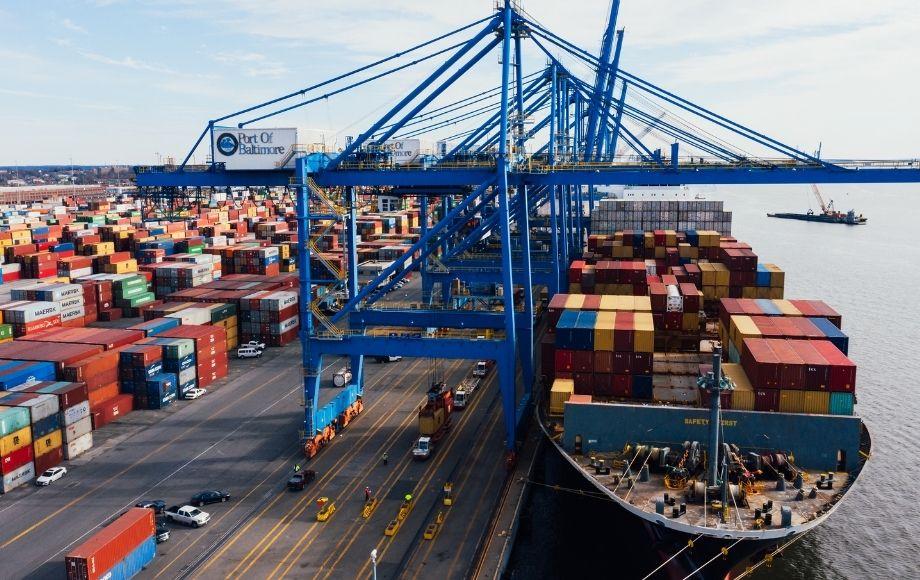By Dipesh Ghimire
Imports Surge but Duty Collection Concentrates on High-Tariff Brackets

Nepal’s foreign trade figures for the first month of the fiscal year 2082/83 (Shrawan, mid-July to mid-August 2025) reveal a striking contrast between imports and customs duty collection. According to official data, the country recorded imports worth Rs. 143.04 billion, while the government collected Rs. 13.61 billion in import duties. The distribution of imports and duties across different tariff rates highlights how Nepal’s revenue collection is disproportionately driven by higher tariff brackets, despite lower import shares in some cases.
Heavy Imports at Low or Zero Duty
The figures show that nearly 10.55% of imports (Rs. 15.08 billion) entered Nepal under the 0% duty category, generating no customs revenue. Similarly, imports under the 5% tariff rate contributed the largest share of total imports – about 20.87% (Rs. 29.85 billion) – but accounted for only 7.91% of total duties. This indicates that a significant portion of goods entering the country face minimal tariff barriers, easing the cost burden for traders but limiting government revenue potential.
Mid-Range Duties Drive Revenue
Imports in the 10% and 15% duty brackets show a more balanced picture. At 10% duty, Nepal imported goods worth Rs. 41.86 billion (29.27% of total imports), generating Rs. 1.85 billion (13.59% of duties). Similarly, at the 15% bracket, imports of Rs. 18.12 billion yielded Rs. 2 billion in duties, equivalent to 14.74% of the total duty collected. These figures demonstrate that mid-range tariff rates are both trade-heavy and revenue-productive, contributing significantly to government coffers.
High Tariffs: Small Imports, Big Revenue Impact
The 30% duty bracket stands out as the single largest contributor to government revenue. Imports under this category were just Rs. 11.44 billion (8% of total imports), but they generated a staggering Rs. 3.07 billion, accounting for 22.61% of total duties collected. Similarly, “Other” categories – often covering specialized goods with higher or variable tariffs – contributed Rs. 2.89 billion (21.25% of total duties), even though their import value was only Rs. 13.65 billion (9.55% of total imports).
In contrast, categories such as the 40% and 80% brackets show modest contributions. Imports worth Rs. 1.6 billion and Rs. 1.26 billion respectively generated about Rs. 594 million and Rs. 608 million in duties, contributing just under 5% each to total revenue.
Key Takeaways and Economic Implications
Revenue Dependence on Higher Tariffs – Although goods imported under low or zero tariff rates dominate Nepal’s trade basket in terms of value, the government’s customs revenue is disproportionately reliant on goods subject to higher duties, especially the 30% and “Other” categories.
Policy Trade-Offs – While low duties facilitate trade and keep consumer prices stable, they constrain government revenue mobilization. On the other hand, higher duties provide a critical revenue stream but can discourage imports of essential or industrial goods, potentially raising costs for consumers and industries alike.
Risk of Revenue Volatility – The heavy reliance on a few high-tariff categories poses risks to fiscal stability. If imports in these categories decline, government revenue may face a sharp shortfall, underscoring the need for broader diversification in customs duty structures.
Structural Import Patterns – With nearly 30% of imports concentrated at the 10% tariff rate and another 21% under the 5% rate, Nepal’s import structure is tilted towards lower-duty goods, suggesting heavy dependence on essential commodities, raw materials, and intermediate products.
Nepal’s Shrawan trade data highlights the delicate balance between promoting imports, maintaining affordable consumer prices, and ensuring robust government revenue collection. While the import duty system currently secures significant revenue from higher tariffs, policymakers face the challenge of diversifying revenue sources without hampering trade and economic growth. Analysts warn that Nepal’s fiscal health remains vulnerable to fluctuations in a handful of high-duty categories, calling for reforms to broaden the revenue base while sustaining trade competitiveness.









